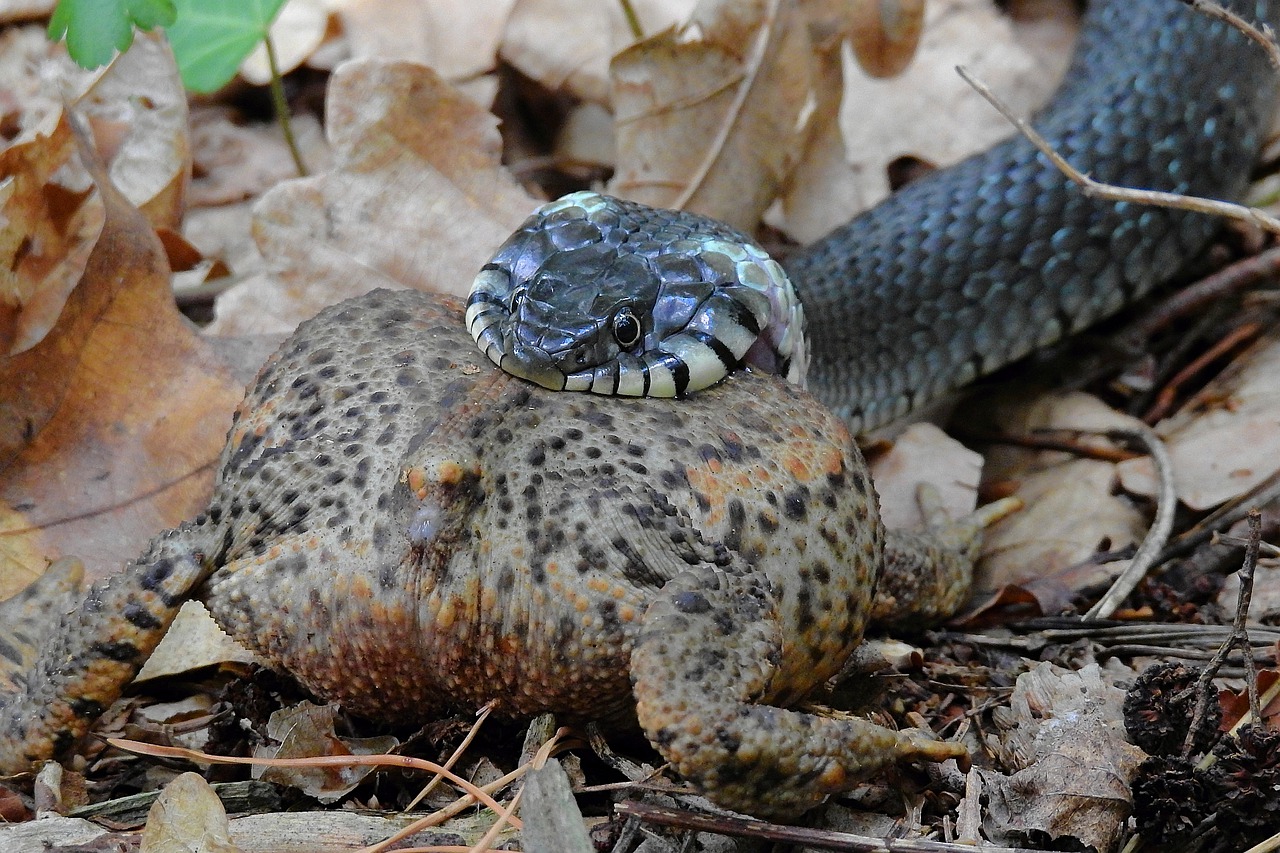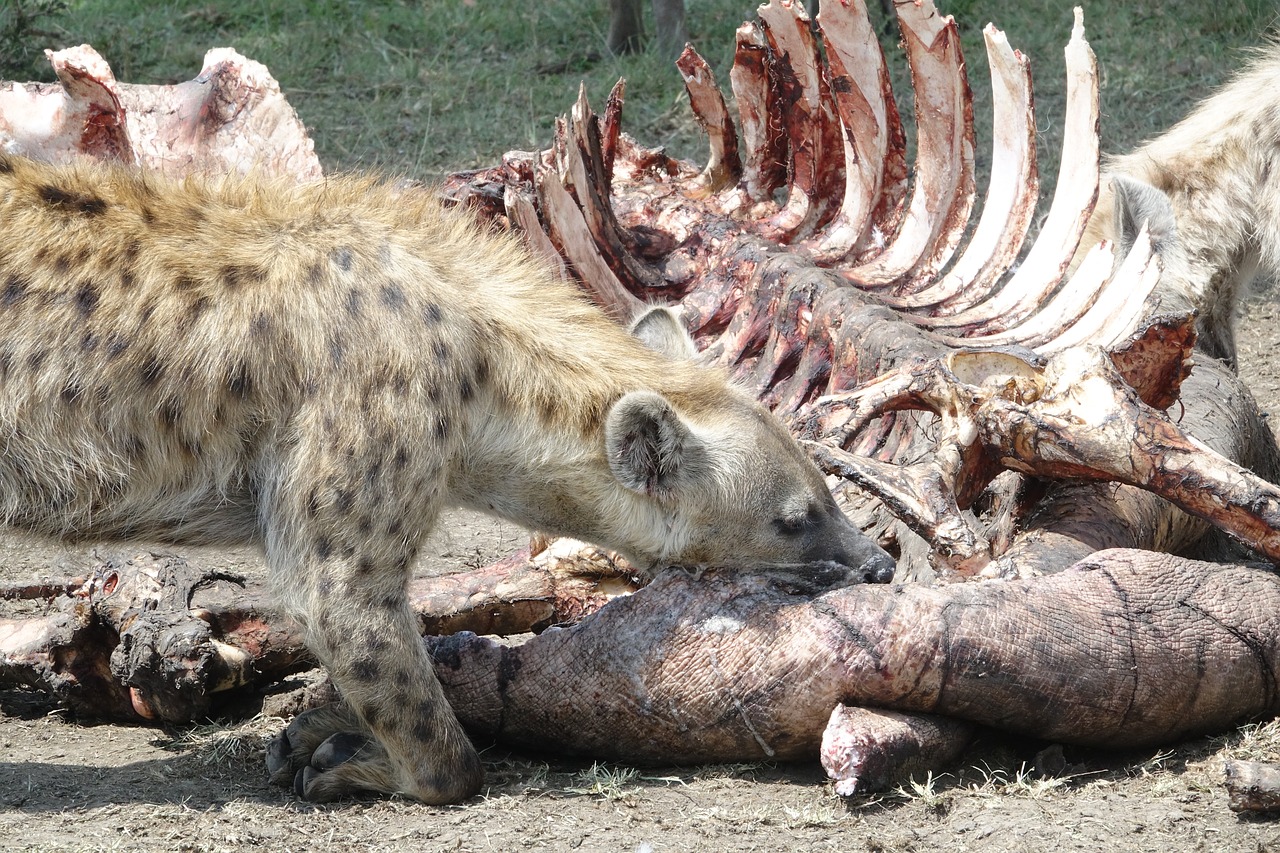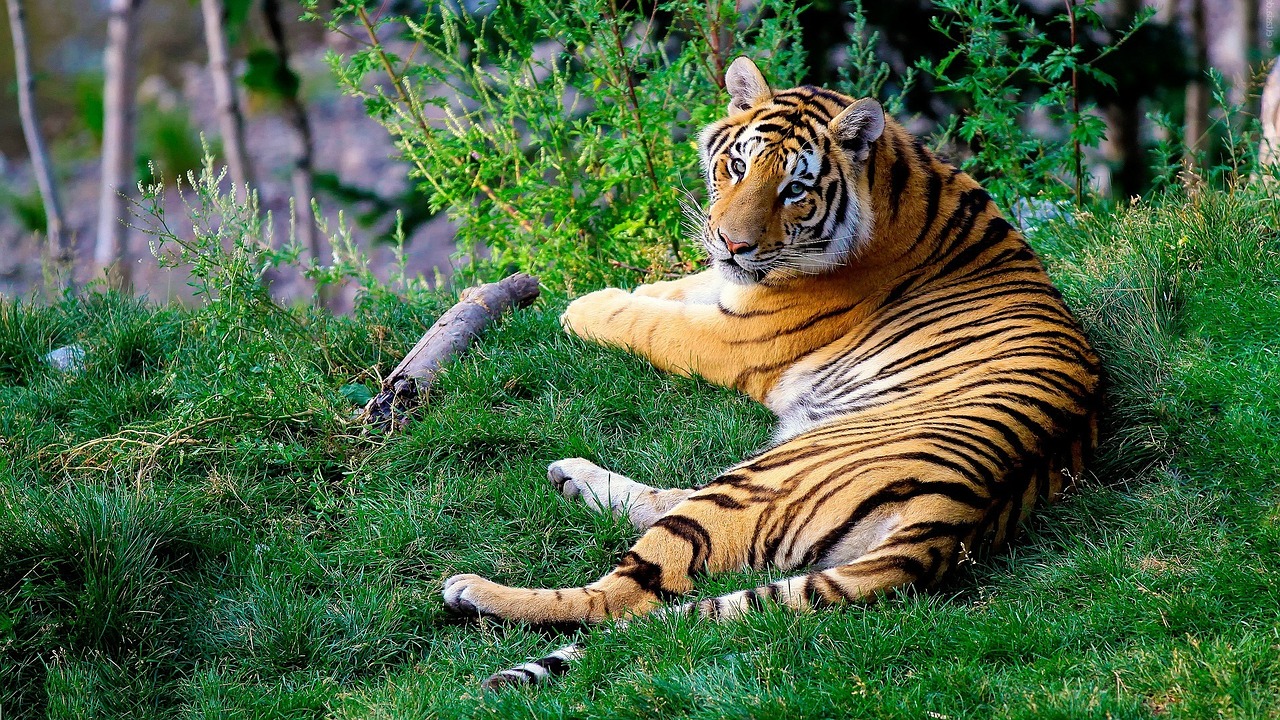Consumer in a Food Chain
Consumers in a food chain are living creatures that eat organisms from a different population.
First it is necessary to understand these two classifications, heterotrophs and autotrophs,
consumers and producers respectively. Heterotrophs are organisms that obtain energy from other
living things. Like sea angels, they take in organic molecules by consuming other organisms,
so they are commonly called consumers. Heterotrophs can be classified by what they usually eat
as herbivores, carnivores, omnivores, or decomposers. On the other and, autotrophs are organisms
that use energy directly from the sun or from chemical bonds. Commonly called producers.
Autotrophs are vital to all ecosystems because all organisms need organic molecules and only
autotrophs can produce them from inorganic compounds. The autotrophs are classified in
photoautotrophs (get energy from the sun, like plants) and the chemoautotrophs
(get energy from chemical bounds, like some certain bacteria).
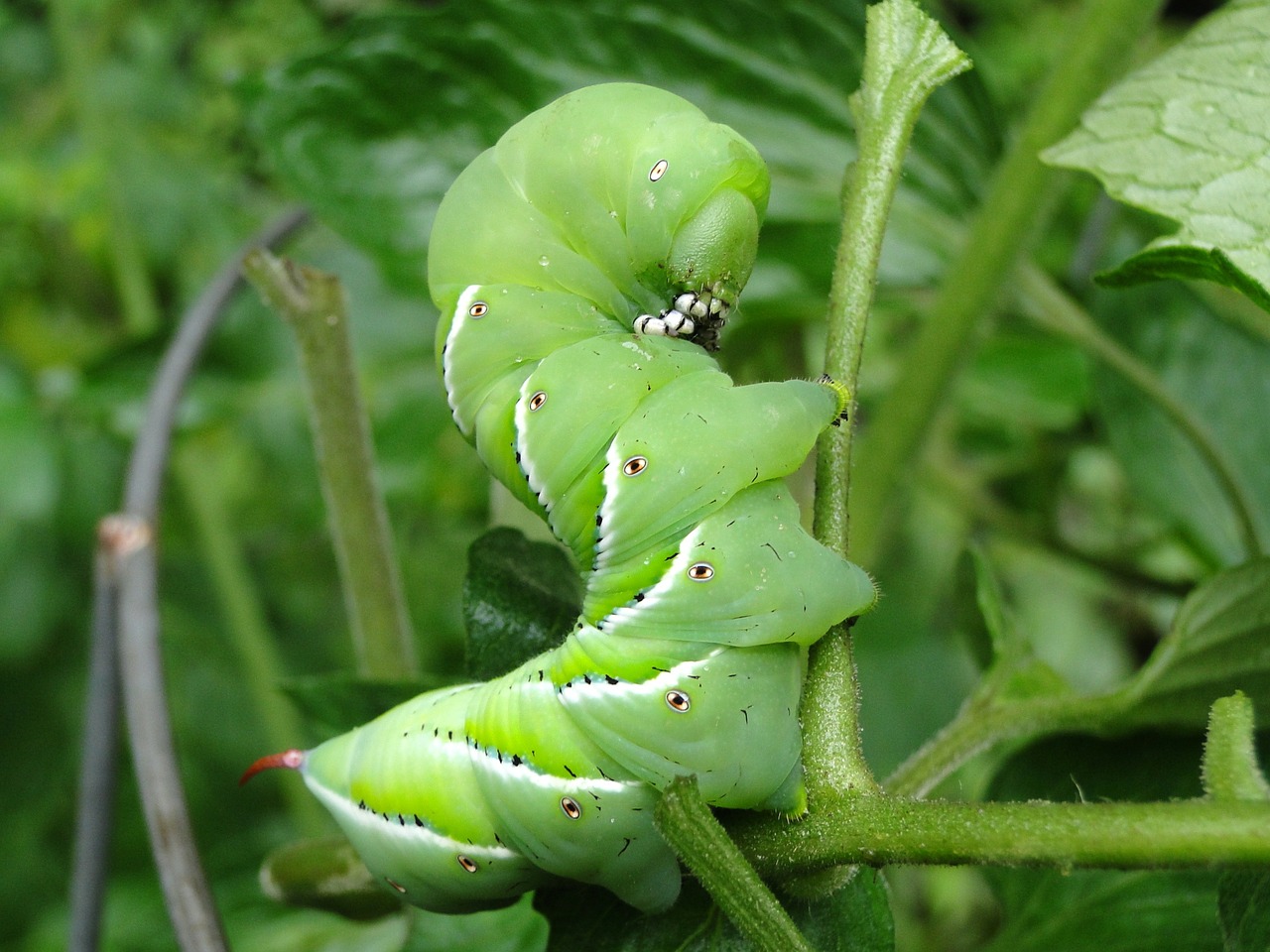
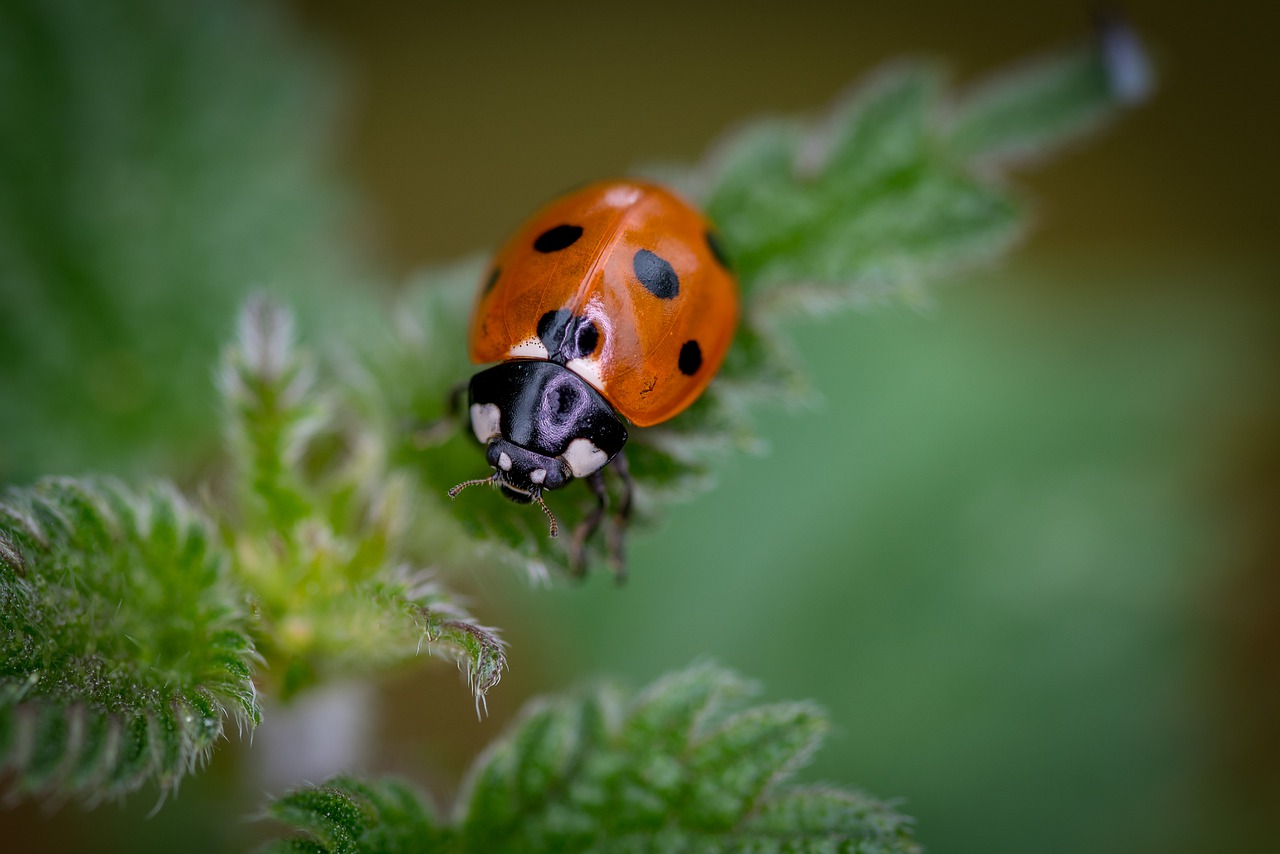
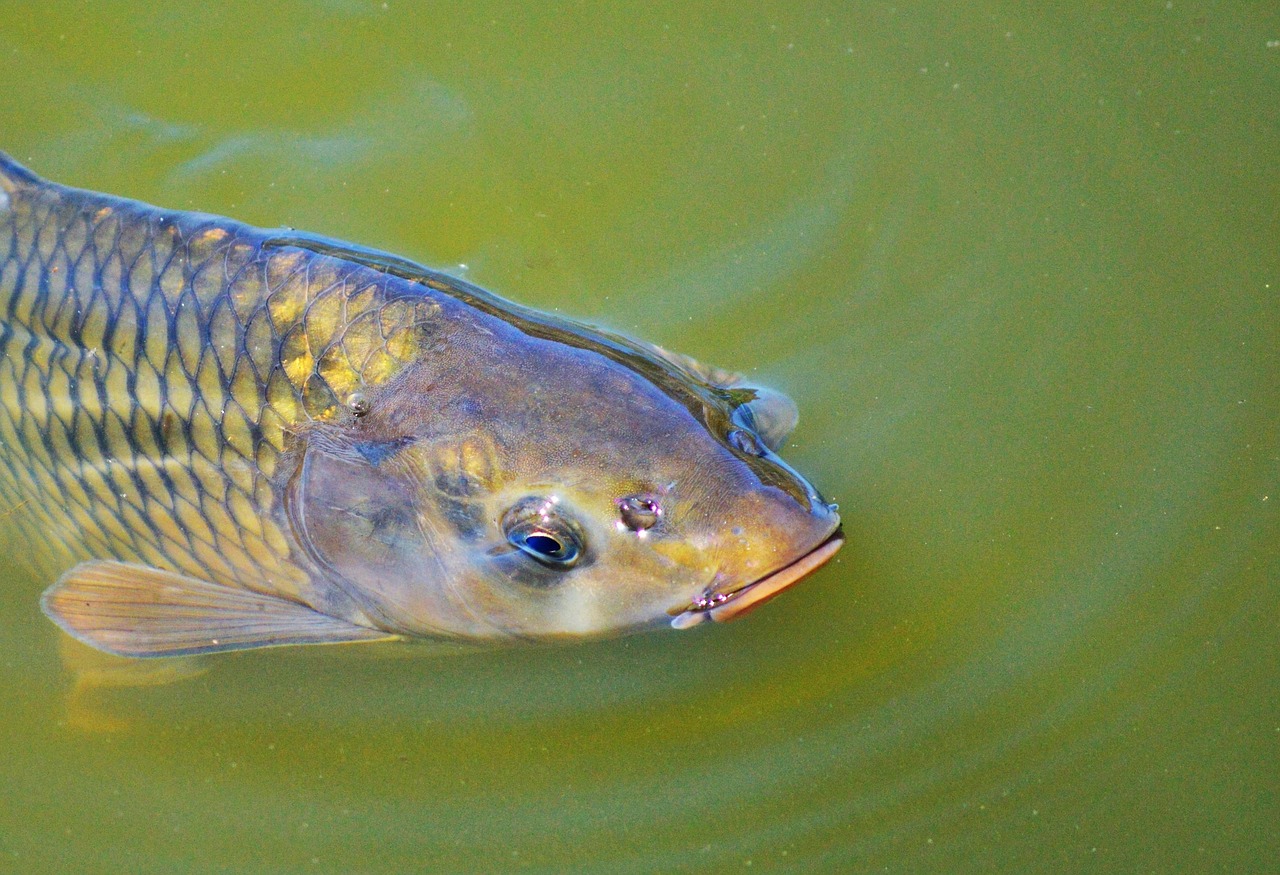
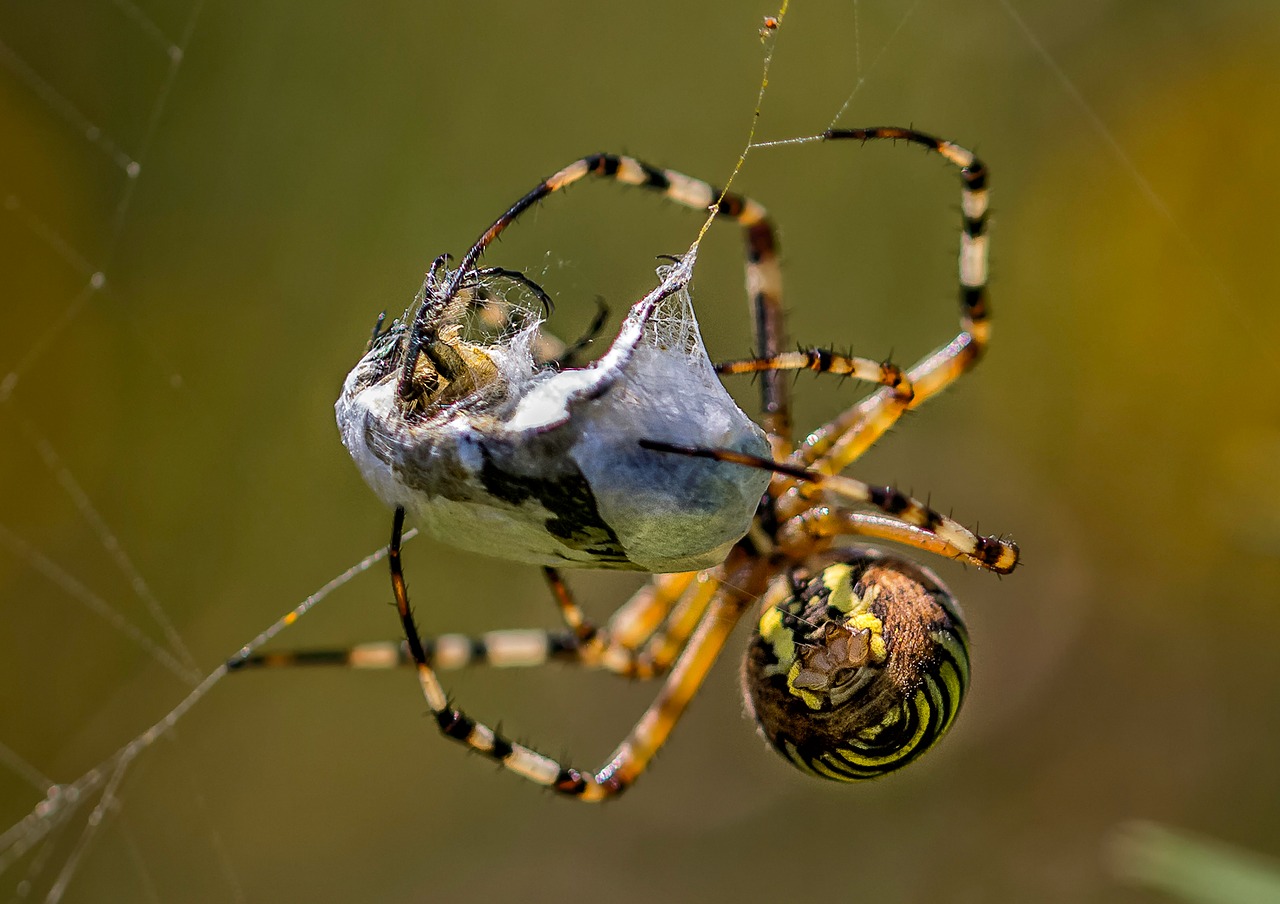
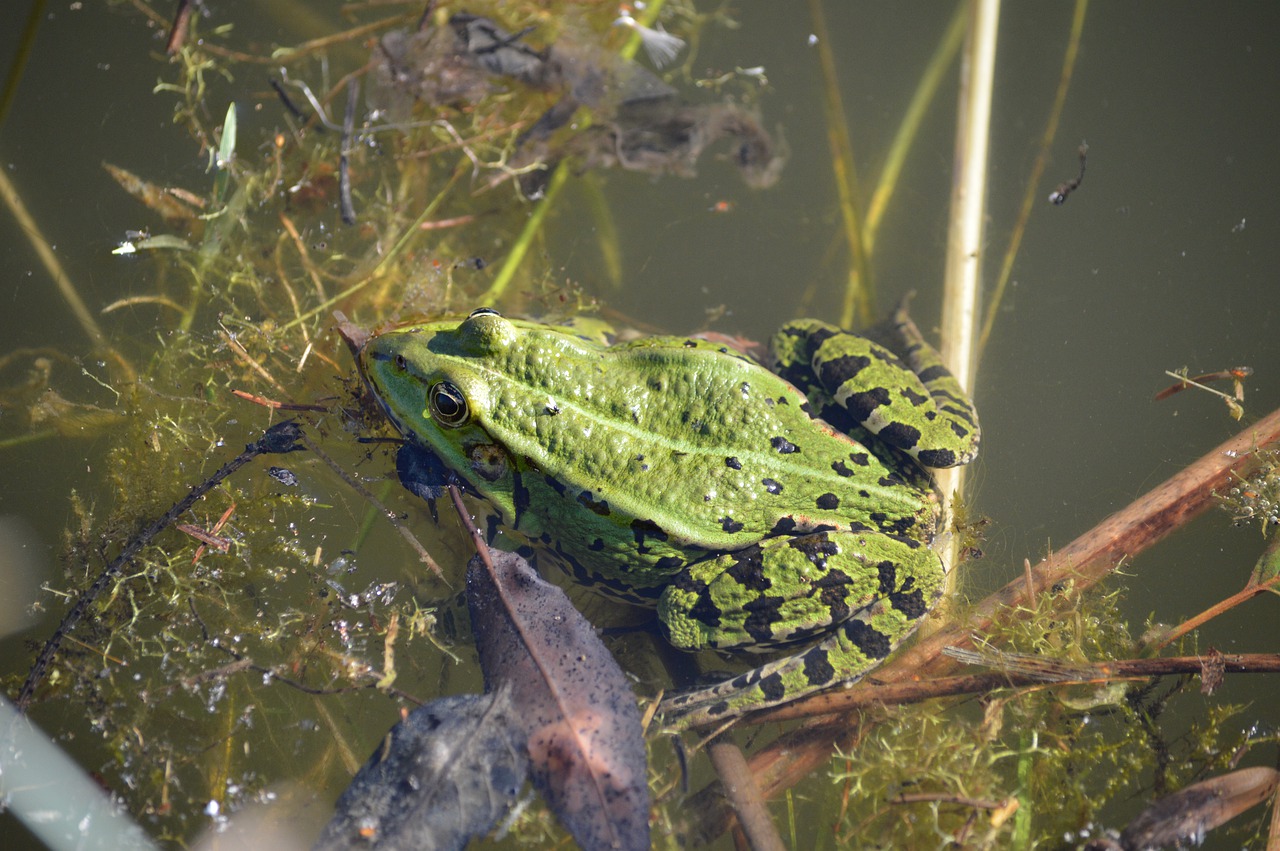
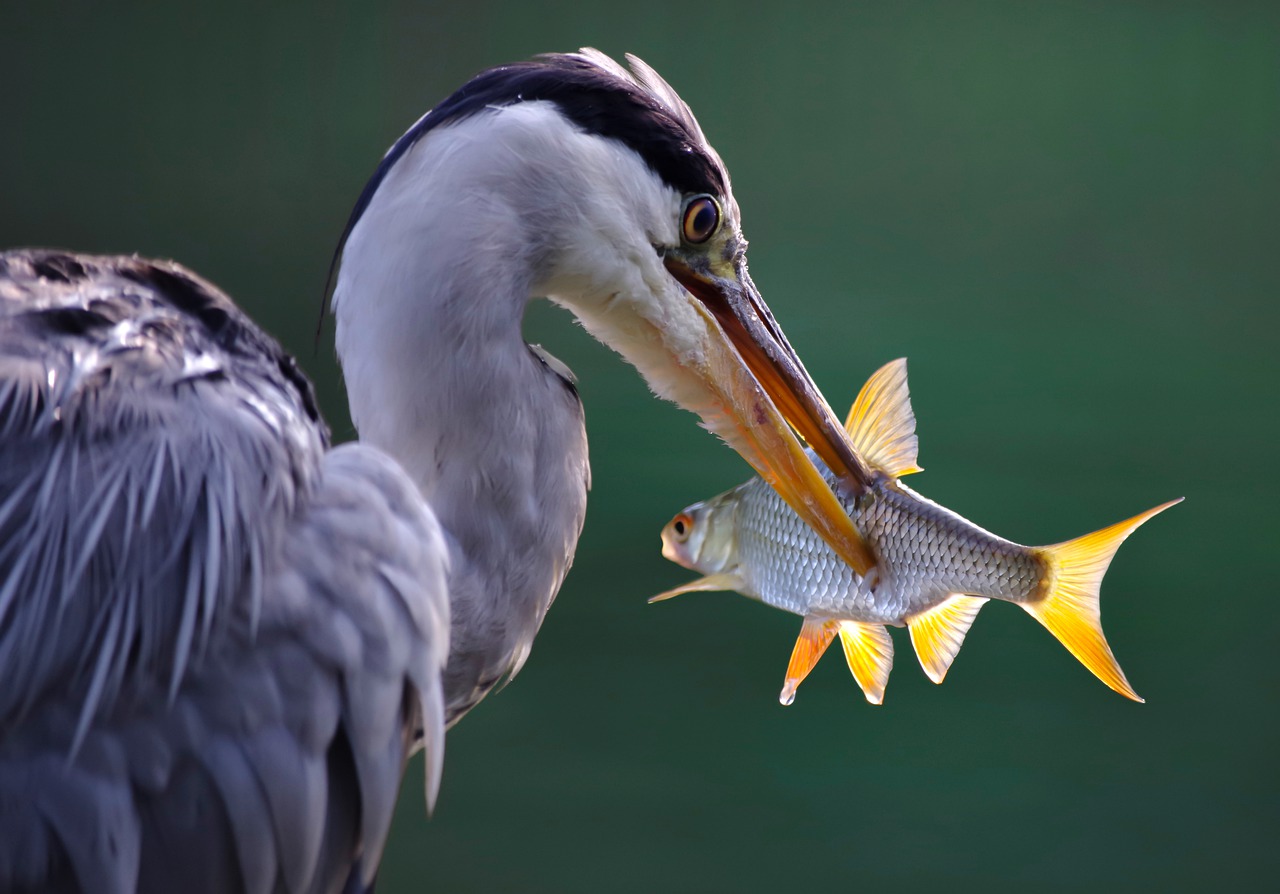
The Autotrophs they are called producers because they are positioned on the bottom of the
food chain pyramid and who consume them after will classified as a consumer, heterotrophs.
Sometimes the consumer does not directly eat the producers but they are still classified
as a consumers because it will get producer energy in another consumer level.
Consumers are typically viewed as predatory animals such as meat eaters. However, herbivorous animals
and parasitic fungi are also consumers. To be a consumer, the organism does not necessarily need
to be carnivorous, it can also only eat plants (producers) being located in the first level
of the food chain above the producers. Some carnivorous plants, like the Venus flytrap, are
classified as both. Consumers are basically said to be anything that eats hence the word consume
which means to eat.
